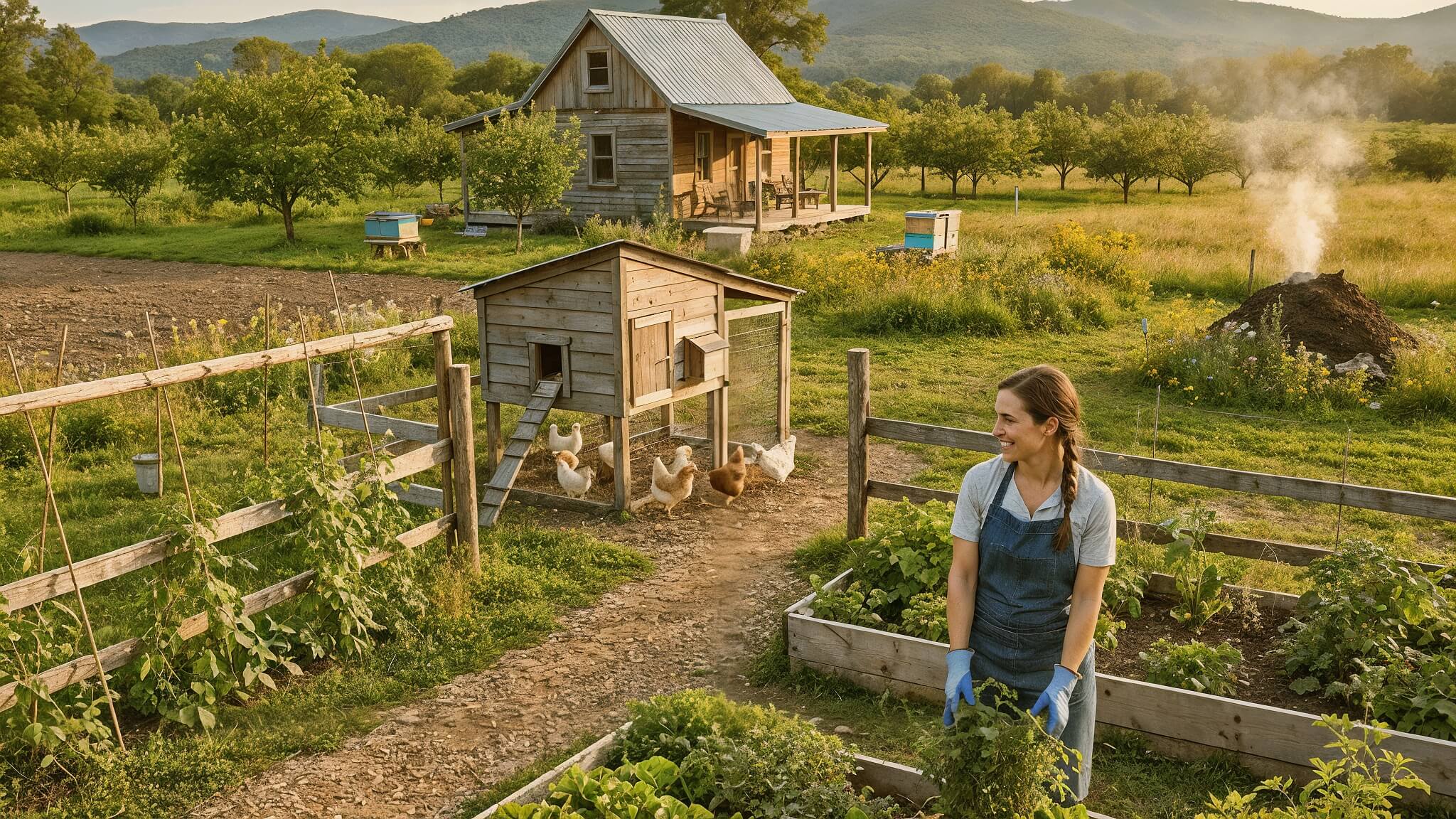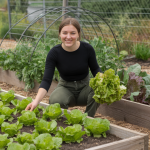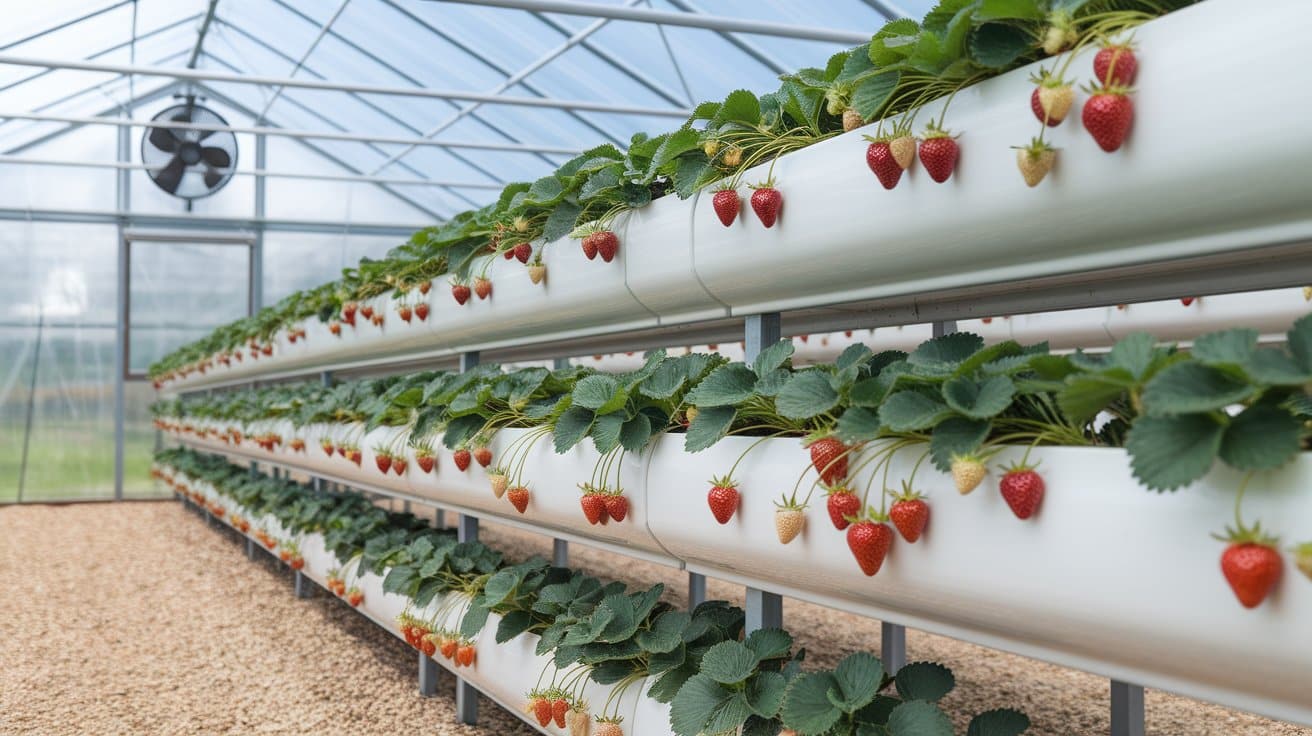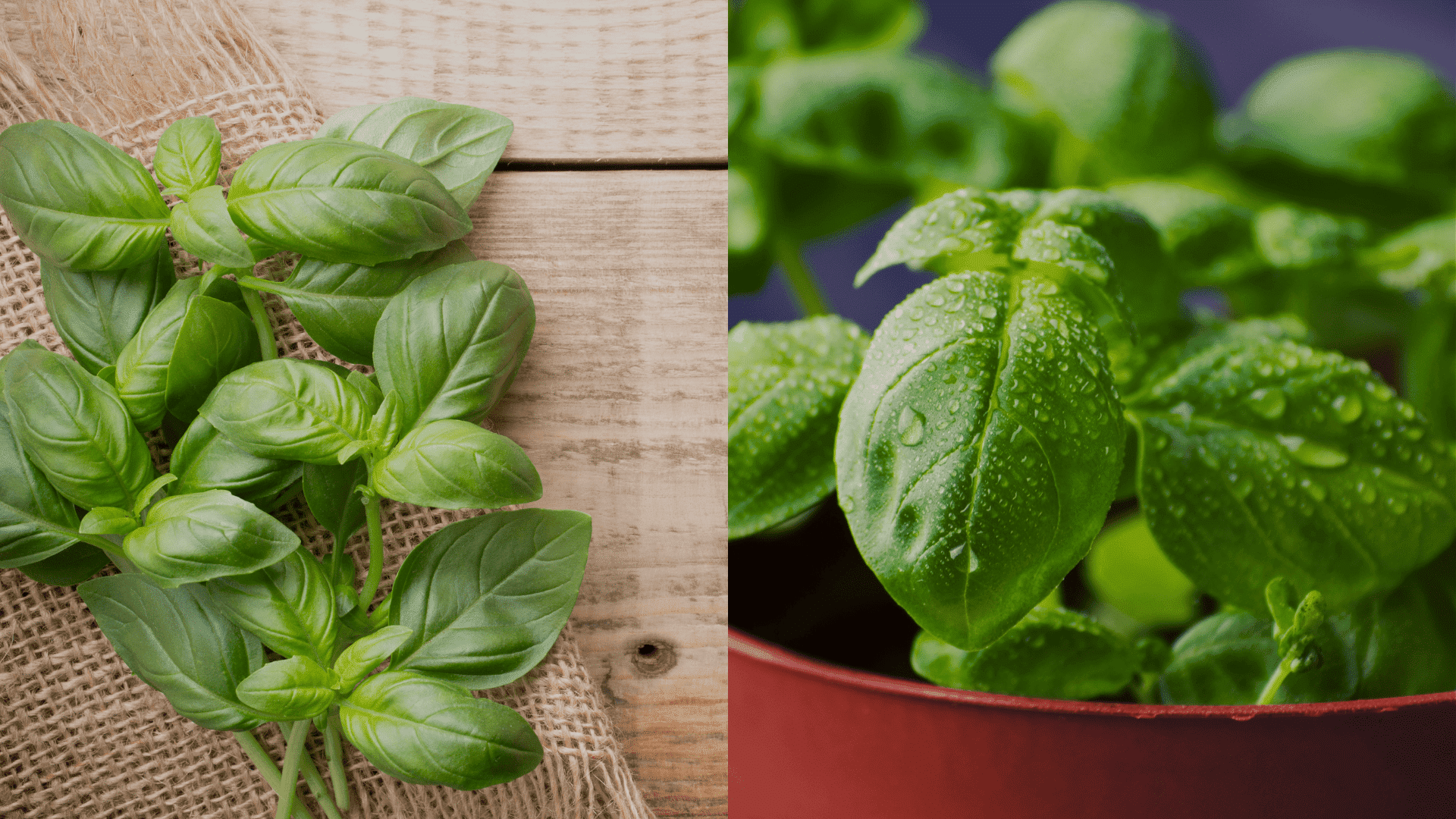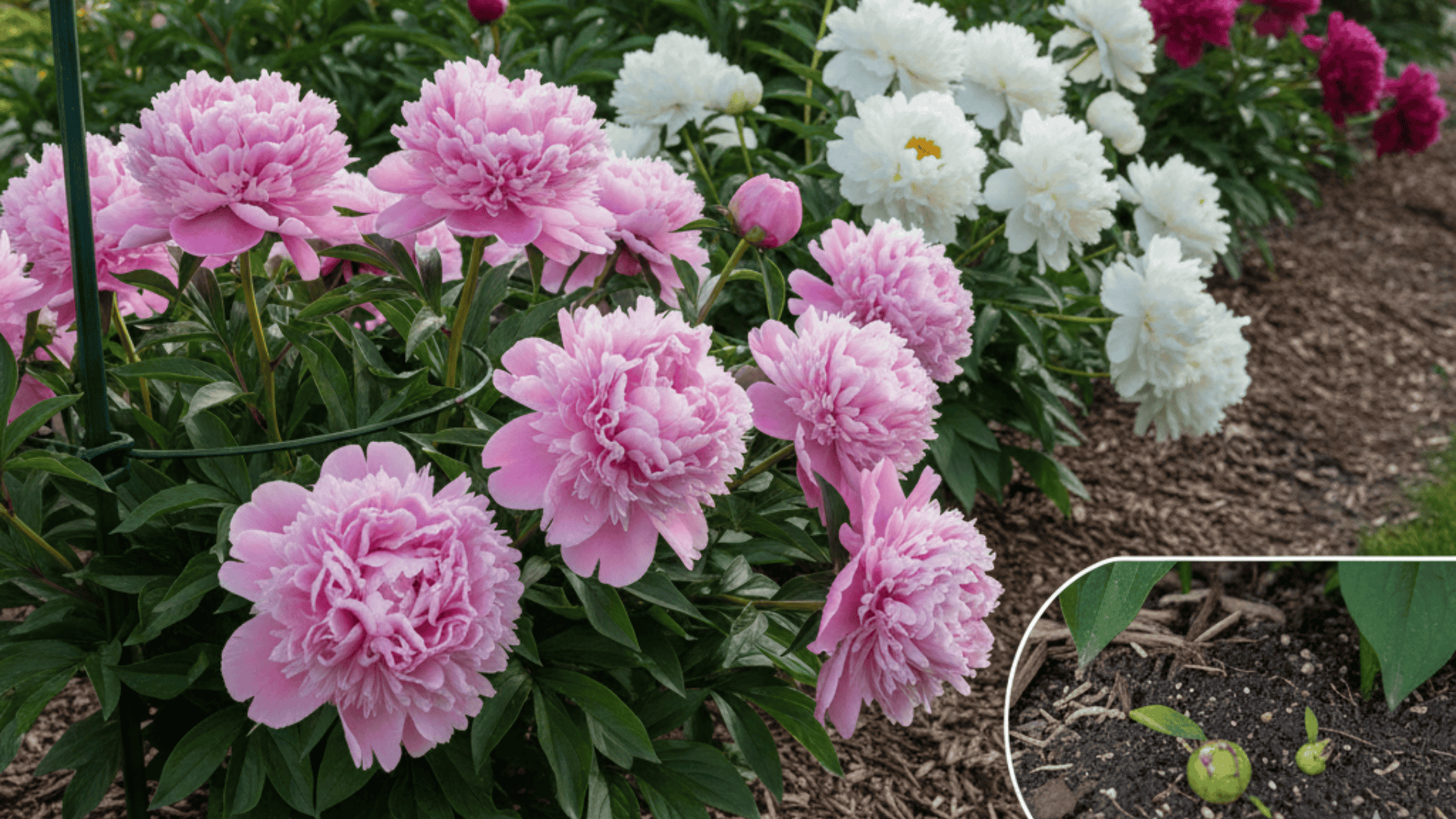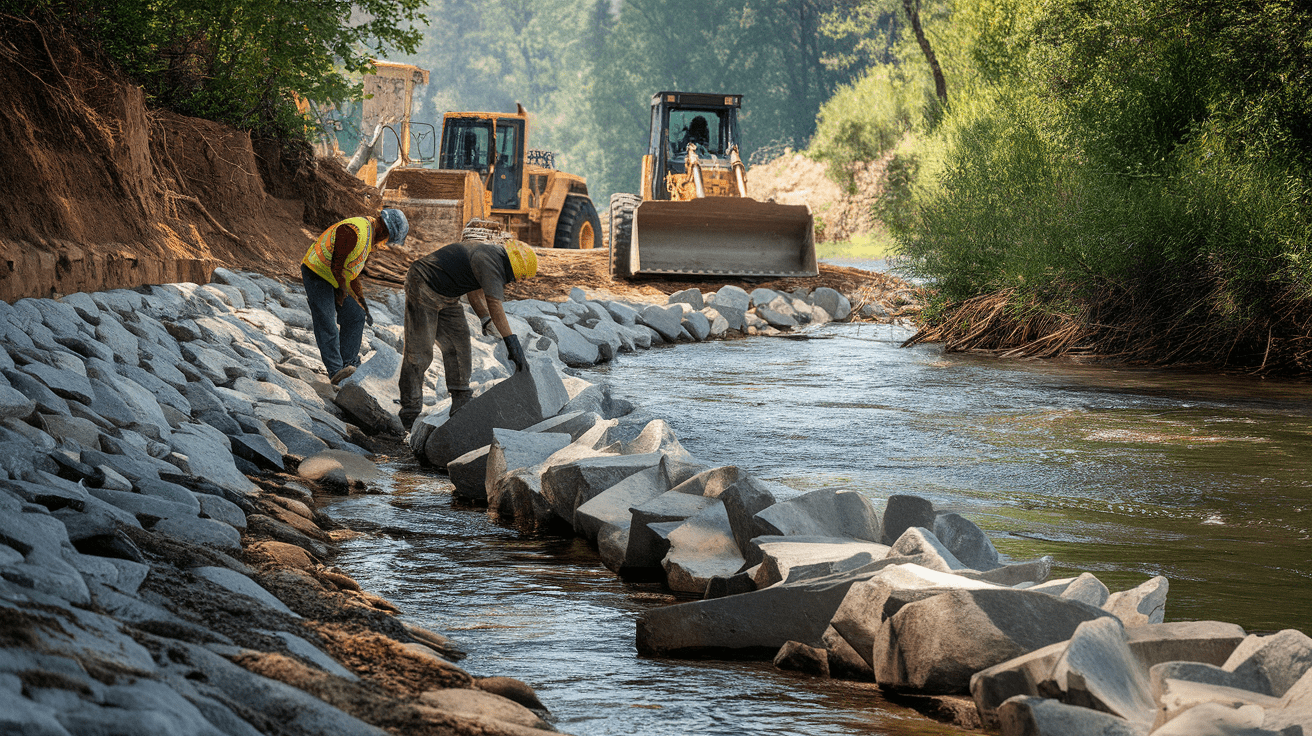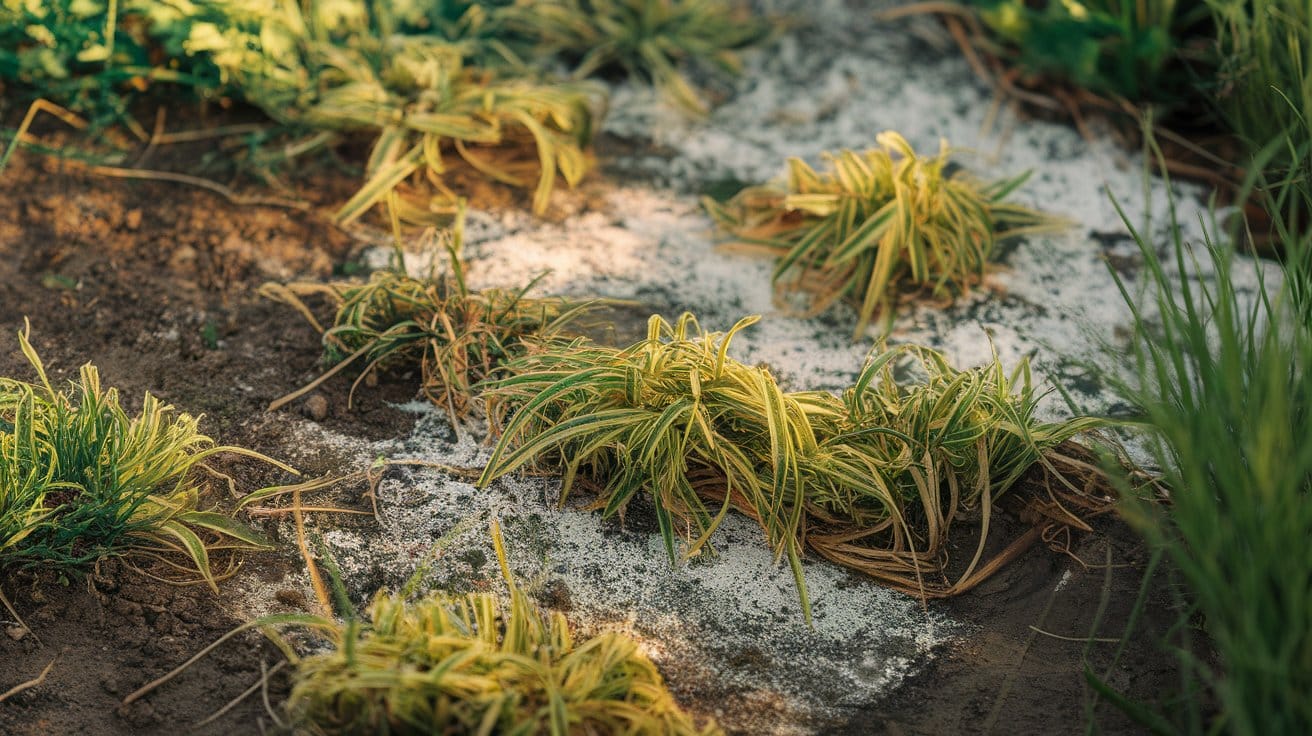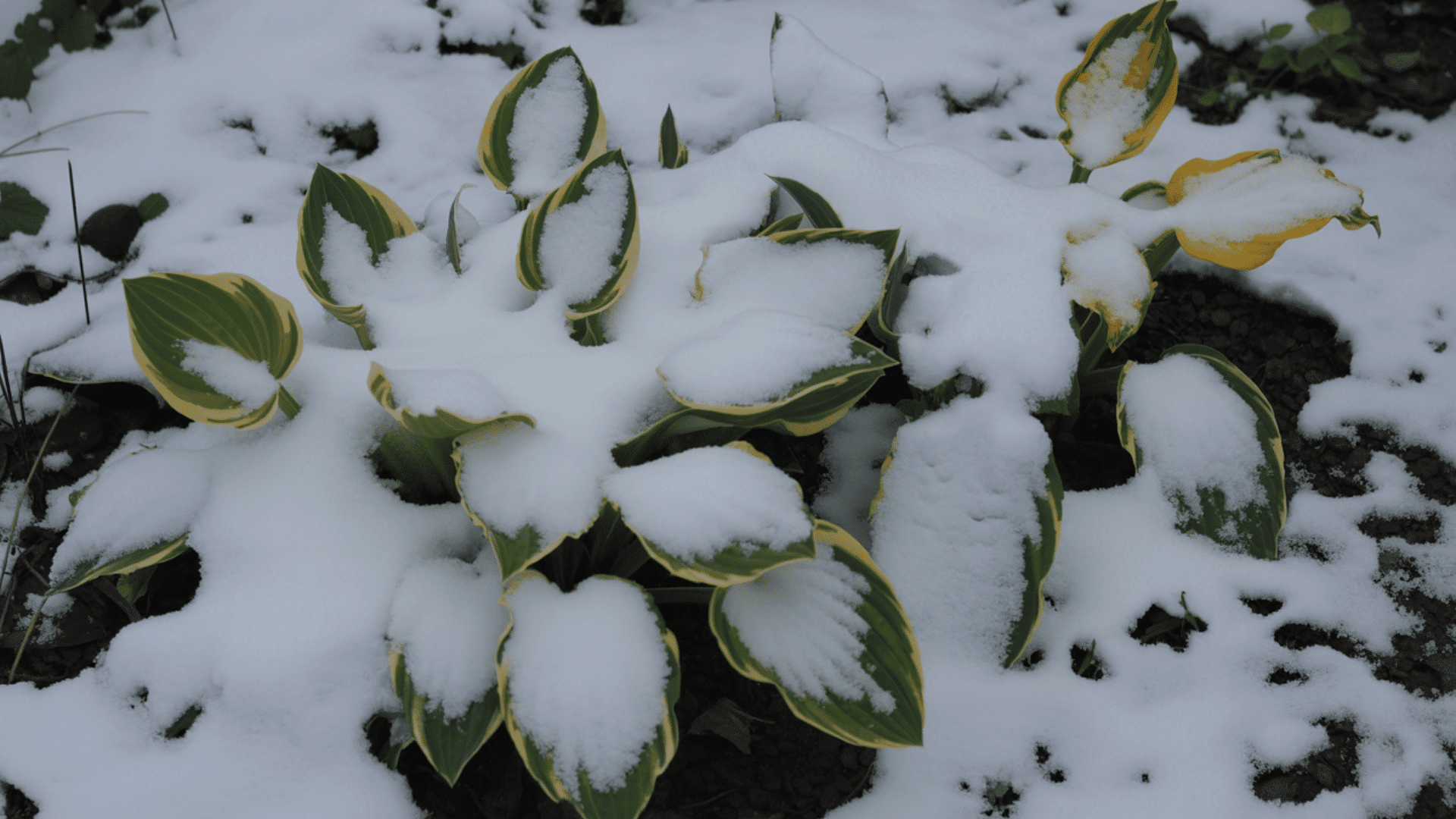Trading convenience for connection, homesteading is seen as a return to meaningful, mindful living.
It invites people to slow down, create with purpose, and rely on what they can produce themselves.
This choice of life offers not just practical rewards but also a deeper sense of balance and control.
Homesteading for beginners can surely be demanding, especially if one has no prior experience, but acclimatization can be made easier with a few careful steps.
Whether it’s tending a small garden or managing a few acres, this lifestyle adapts to every scale.
In this post, I’ll share the key ideas and honest insights that reveal what homesteading truly involves and why it continues to attract people.
What is Homesteading?
Homesteading is a lifestyle built on self-reliance, sustainability, and self-sufficiency.
This living off-the-grid lifestyle focuses on producing and managing personal resources such as food, water, and energy.
Modern home-steading looks different for everyone because it adapts to rural farms, suburban yards, and even urban balconies suited for backyard farming.
It encourages people to grow crops, practice food preservation, raise small animals, and reuse materials to reduce waste.
For those starting homesteading, the emphasis is on progress and steady growth rather than perfection.
Many now believe homesteading is the future, offering stability and independence in an unpredictable world.
Anyone with commitment, patience, and planning can begin, turning their space into a productive and balanced homestead over time.
How Many Acres Do You Need For a Homestead?
Many beginners wonder how much land is necessary to start this lifestyle.
The truth is that success depends more on planning, creativity, and efficiency than on acreage.
Even a small plot can yield enough food and satisfaction to support sustainable living goals.
-
1/4–1 Acre: Ideal for herbs, vegetables, fruit bushes, and a few chickens. This space helps beginners gain experience in gardening, composting, and small-scale food production.
-
1–5 Acres: Suitable for adding fruit trees, bees, goats, or small livestock with a small orchard.
-
5+ Acres: Best for larger animals, crop fields, and long-term self-sufficiency projects that require more planning and maintenance.
Before choosing land, check zoning regulations, soil quality, and access to water: design your homestead with care and efficiency.
How To Start Homesteading?
I often tell people that starting homesteading is less about perfection and more about patience and progress.
It’s a lifestyle built one habit at a time, with steady learning and small successes leading to confidence and self-sufficiency.
1. Understand Goals and Gathering Resources
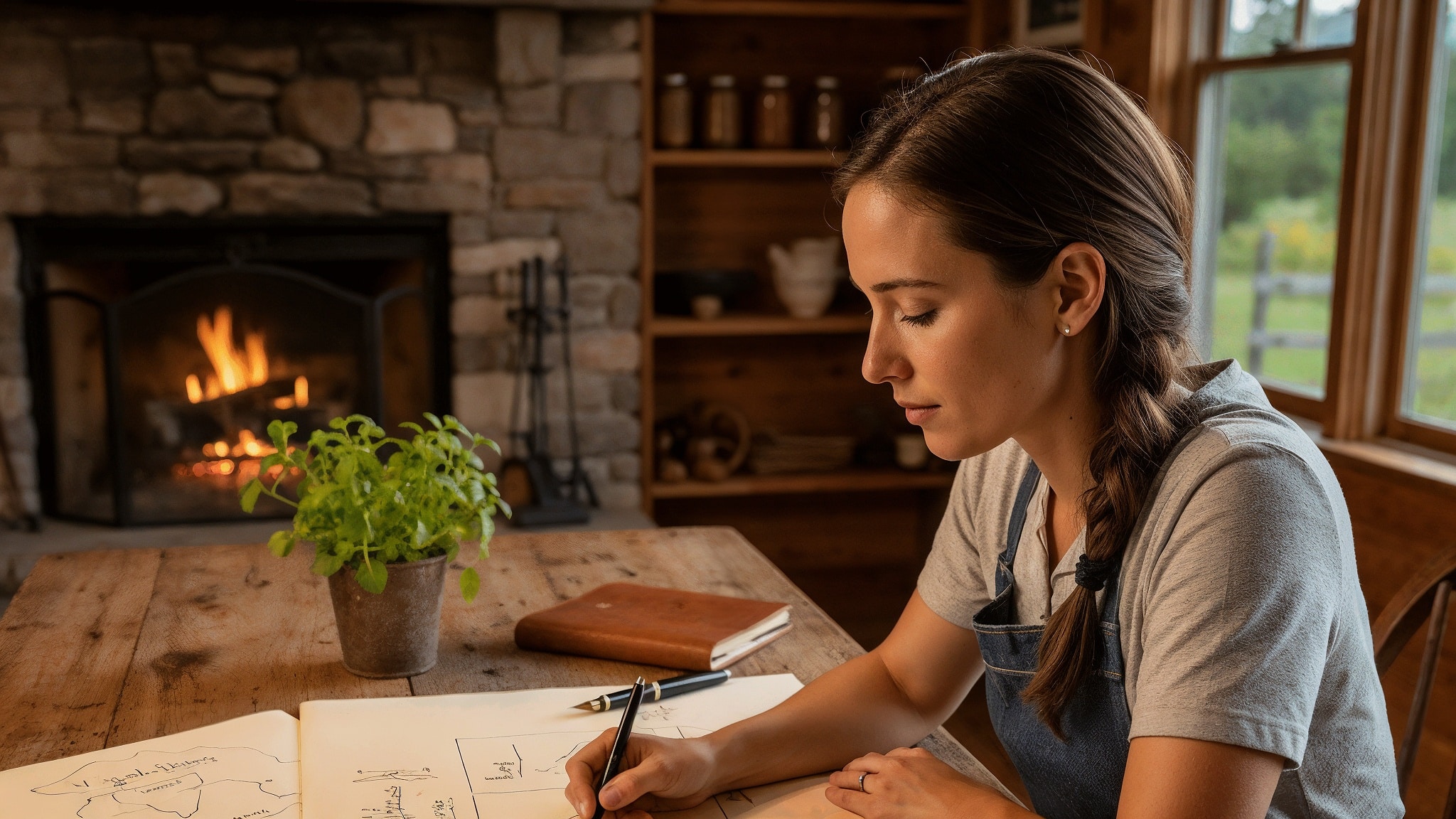
What is the first step to homesteading? Simple answer: it begins with setting clear goals.
Decide whether you want to grow food, raise animals, or focus on sustainability.
Assess your available space, time, and finances before starting any projects.
Begin with small, manageable activities like planting herbs or composting kitchen scraps.
Setting achievable expectations keeps motivation strong and progress steady.
2. Essential Homesteading Skills
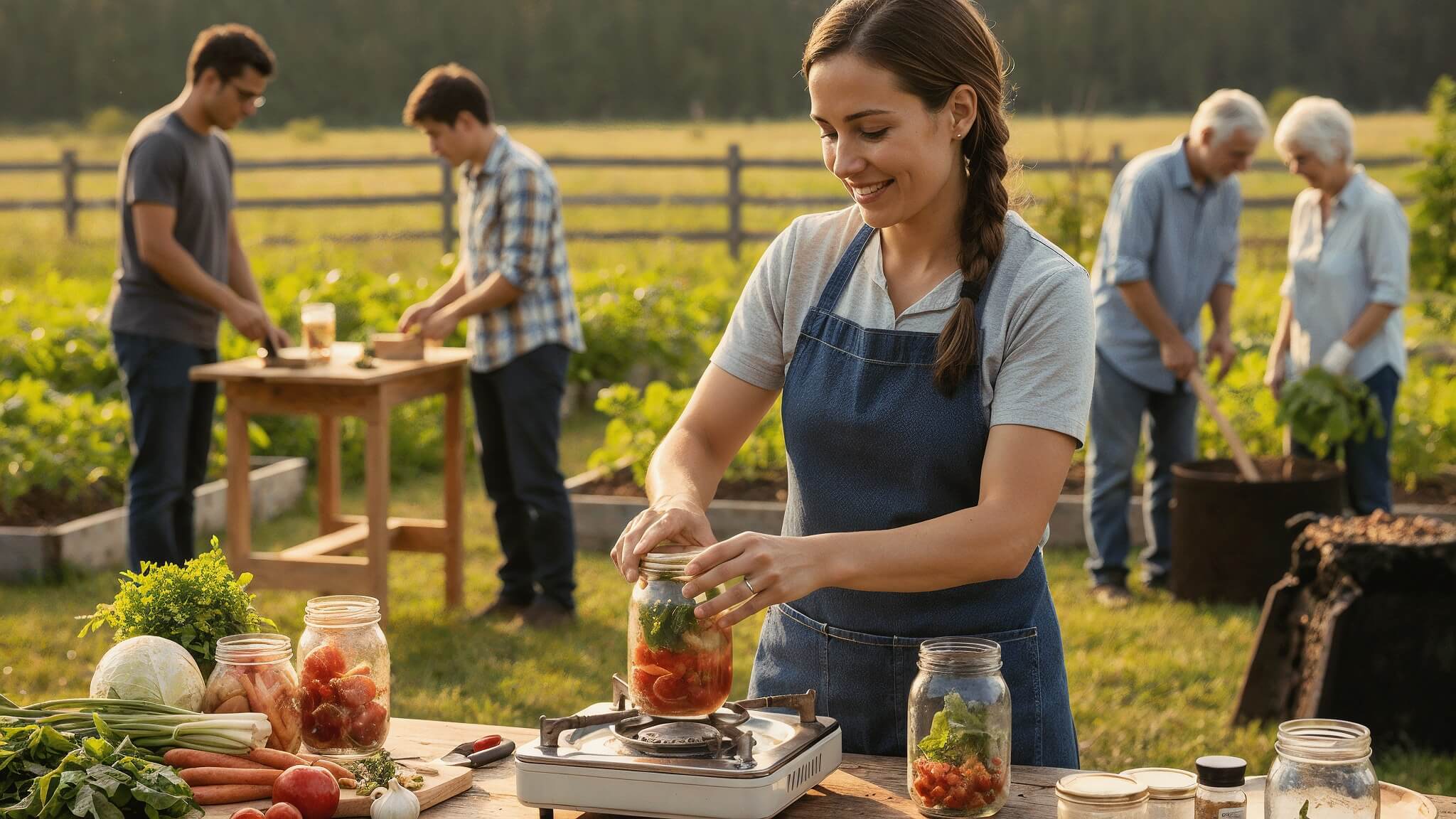
Focus on building practical skills such as gardening, food preservation, composting, and basic carpentry.
Attend local workshops or find reliable online classes that match your learning style.
Start small, practicing one skill at a time so you can master each properly.
With every new ability, strengthen the foundation for a more independent and resourceful lifestyle in homesteading.
3. Planning Layout and Budget
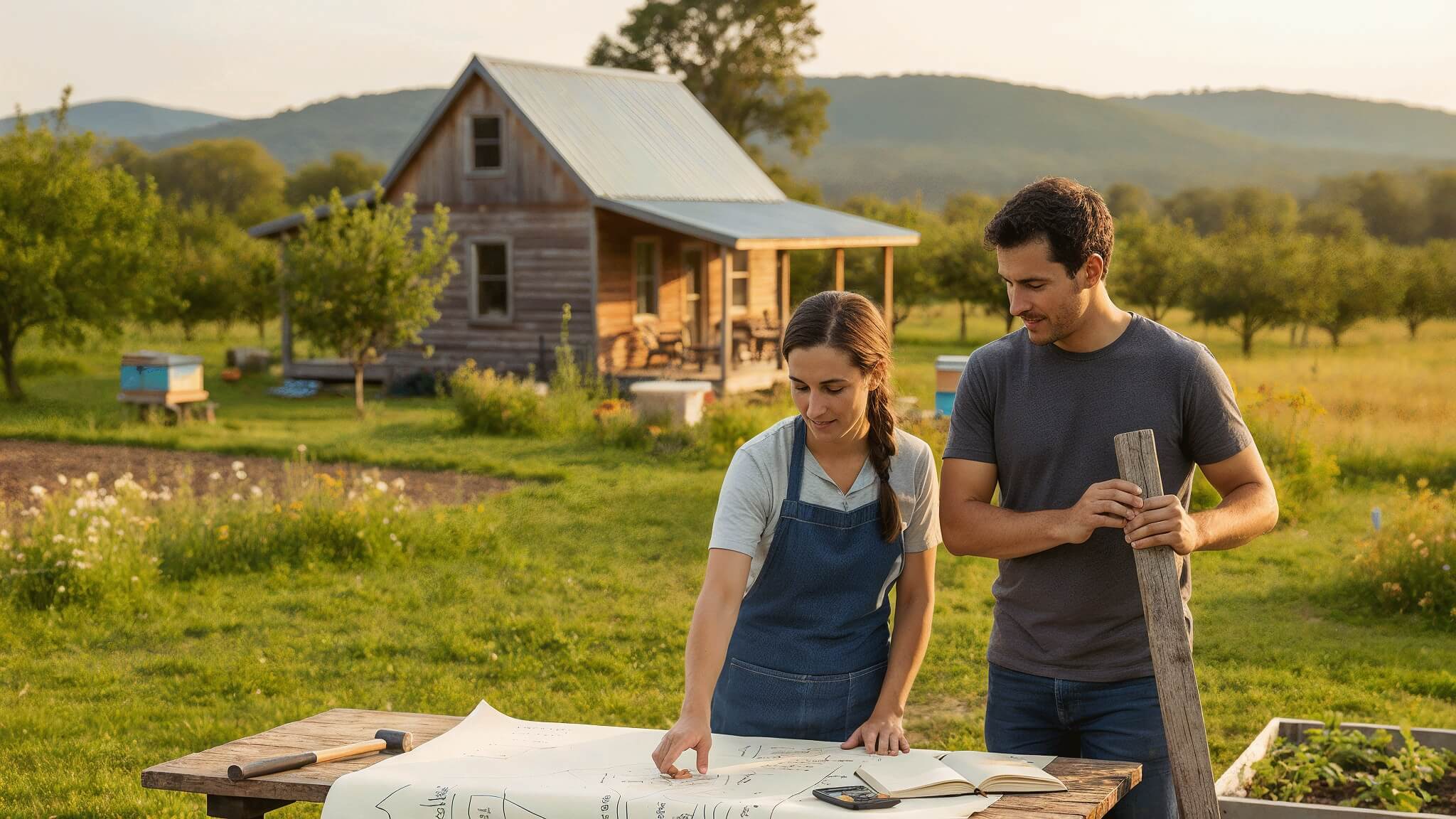
Design your homestead layout based on the space available.
Arrange gardens, compost areas, and animal shelters for convenience and easy maintenance.
Create a realistic budget covering essential items like tools, seeds, and fencing materials.
Reuse or recycle wherever possible to cut costs and reduce waste.
Those choosing to live modestly might even explore living off the grid with no money, finding creative ways to use what they already have while maintaining self-sufficiency.
4. Producing And Preserving Food
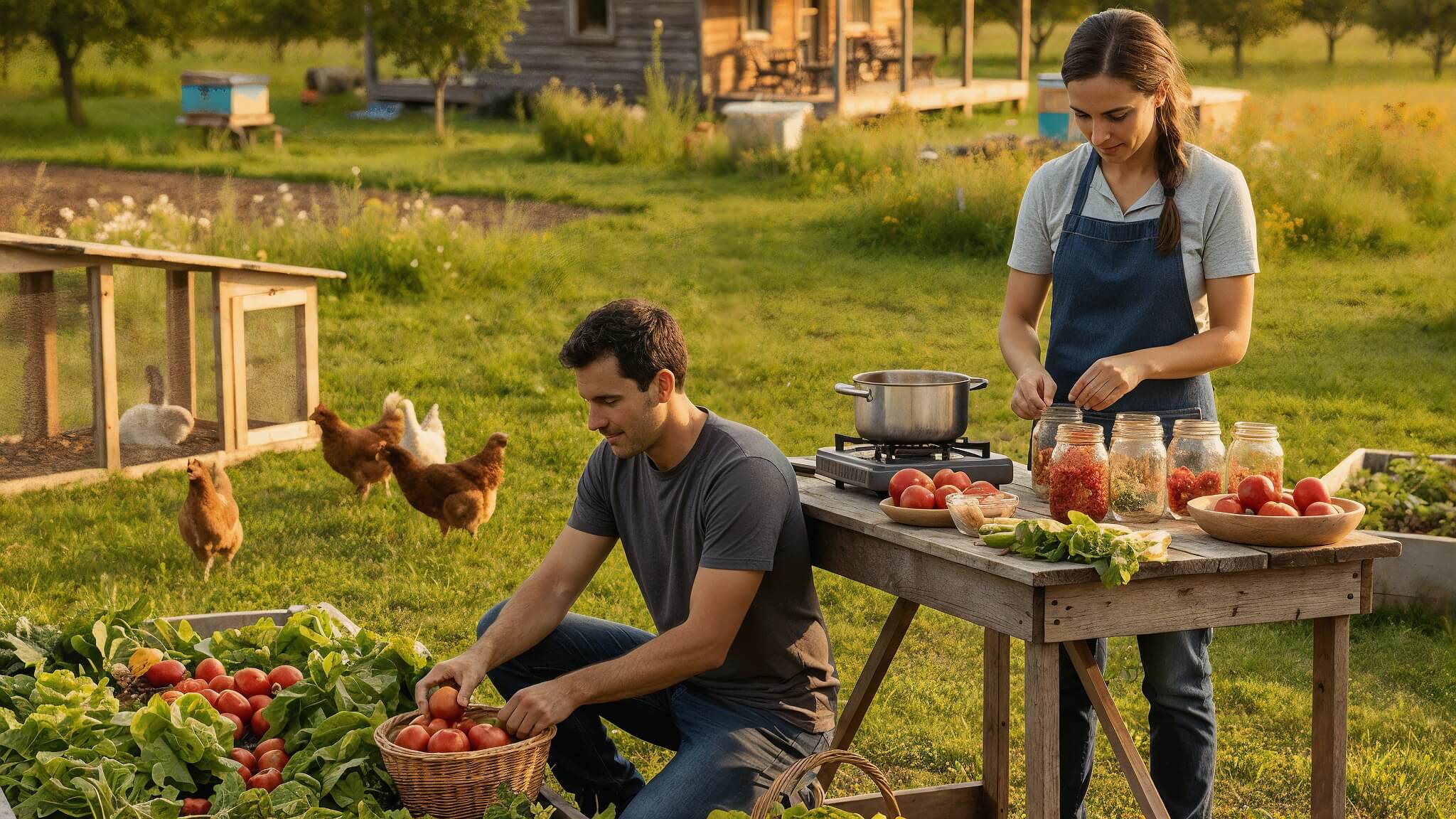
Plant easy crops such as lettuce, tomatoes, and herbs to gain experience in backyard farming.
If space is not a problem, consider keeping small livestock like rabbits or chickens for food production.
Basic preservation techniques like canning, fermenting, and freezing are to be used to extend the harvest.
Each season brings new lessons that strengthen skills and connection to the land, building confidence in this lifestyle.
5. Build Community and Keep Improving
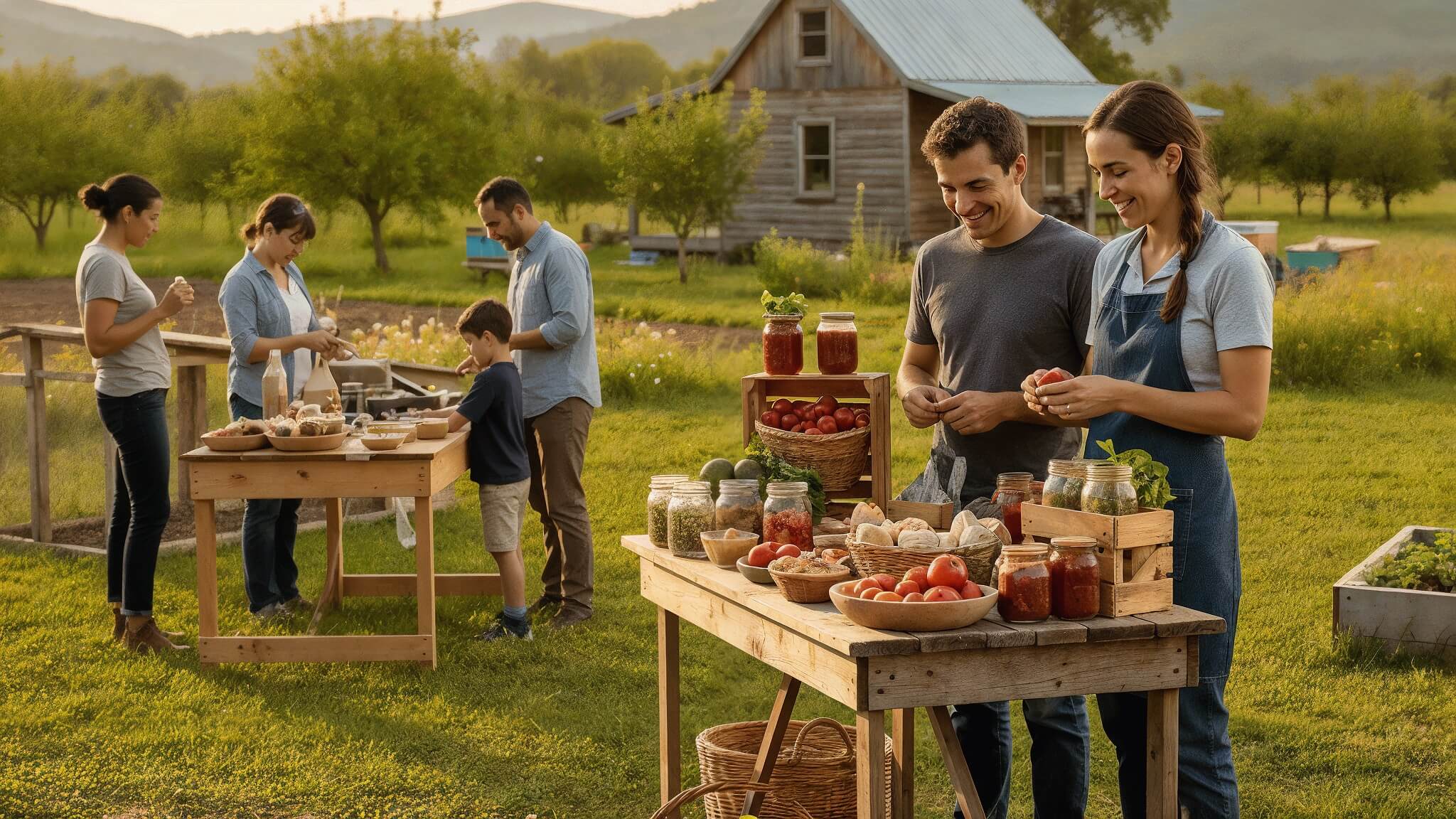
Connect with local homesteaders, gardeners, and sustainability groups to share ideas.
Participating in community events or online discussions can provide motivation and advice.
Many also find new ways to make a living while homesteading, whether by selling produce, crafts, or offering workshops on backyard farming.
Building relationships with others ensures long-term encouragement and growth within the beginner homesteading lifestyle.
What Are Some Common Homesteading Mistakes?
Even the most dedicated beginners make a few early errors that slow their progress.
Simple oversights can affect consistency and motivation, but they’re easy to correct with awareness.
-
Starting Too Big: Taking on too many projects at once often leads to exhaustion, disorganization, and reduced productivity.
-
Ignoring Soil Health: Poor soil management weakens crops, decreases yield, and limits long-term sustainability.
-
Skipping Financial Planning: Neglecting budgets results in unnecessary spending, supply shortages, and delayed improvements.
-
Overlooking Time Management: Failing to schedule daily or seasonal tasks causes burnout and inconsistent maintenance.
-
Lack of Flexibility: Refusing to adjust plans after mistakes prevents growth and long-term success in home-steading.
What Are The Downsides Of Homesteading?
Homesteading is rewarding, but it comes with realistic challenges that beginners should anticipate.
-
Time Intensive: Daily responsibilities like gardening, animal care, and repairs require consistent attention and organization.
-
Physically Demanding: Tasks such as digging, lifting, and harvesting need endurance, especially during long workdays.
-
Financial Strain: Startup costs for tools, fencing, seeds, and materials can stretch a beginner’s budget early on.
-
Fewer Comforts: Homesteading often trades modern convenience for simplicity and hands-on effort.
-
Emotional Fatigue: Unexpected challenges such as weather damage, pests, or crop loss can test persistence but also build resilience.
Homesteading Books For Beginners
I often recommend a few reliable books that helped many new homesteaders begin with confidence and practical insight.
| Book Title | Author | Description |
|---|---|---|
| The Backyard Homestead | Carleen Madigan | A practical resource that teaches how to grow and raise food efficiently on small plots. |
| The Homesteading Handbook | Abigail R. Gehring | Offers simple, beginner-friendly guidance on gardening, animal care, and sustainable living. |
| Mini Farming: Self-Sufficiency On 1/4 Acre | Brett L. Markham | Explains how to achieve reliable food production and sustainability within limited suburban or urban spaces. |
| The Encyclopedia Of Country Living | Carla Emery | A classic collection of homesteading wisdom covering food preservation, gardening, and practical living. |
| Your Cabin In The Woods | Conrad Meinecke | Provides design tips, construction advice, and sustainable living strategies for small, self-sufficient homes. |
Conclusion
Homesteading represents more than a way to produce food or save money.
It reflects a commitment to living purposefully, managing resources wisely, and finding fulfillment through steady effort and food preservation.
Every homestead, regardless of size, grows from patience, adaptability, and consistency.
The process invites creativity in solving problems and appreciation for progress made through small, thoughtful actions.
Homesteading for beginners can be the segue to maintaining balance between self-reliance and community.
Reminding people that sustainability begins with daily choices.
It is a lifestyle that evolves naturally with each season, shaping stronger habits and deeper gratitude for life’s essentials.
Frequently Asked Questions
What State is Easiest For Off-Grid Living?
Tennessee is one of the easiest states for off-grid living because of its mild climate, affordable land, minimal building restrictions, supportive community, and accessible natural resources for sustainable living.
Is It Legal to Homestead In The US?
Yes, homesteading is legal in the United States. It is permitted in all states, though local zoning laws, building codes, and land-use regulations determine what activities are allowed.
Why Did so Many Homesteaders Fail?
Many homesteaders failed due to poor planning, lack of farming experience, harsh weather, financial hardship, and isolation, which made it difficult to maintain crops, livestock, and long-term self-sufficiency.

